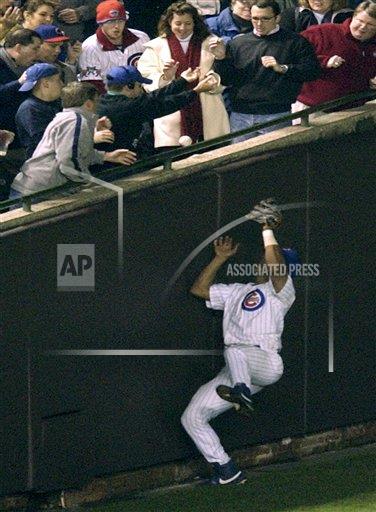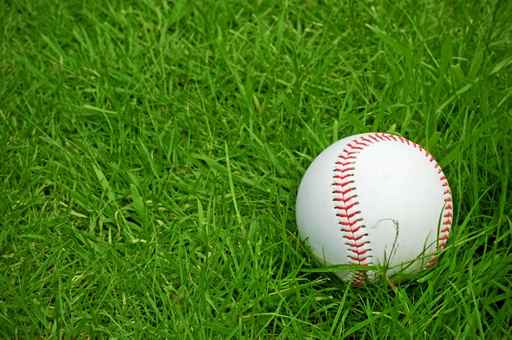Yesterday was a landmark day for a sport that is often accused of clinging unrelentingly to the past. In a unanimous decision, Major League Baseball owners have agreed to expand replay beyond the mere “is it a home run or not” capability.
Videos by Rare
So: What’s changing, how, and is it for the better?
The what:
According to MLB, ground-rule doubles, fan interference, stadium boundary calls (relating to park-specific ground rules), force plays — with an important exception I’ll get to later — tag plays, fair or foul in the outfield, trap plays in the outfield, hit by pitch, timing plays such as “tagging up,” touching a base (requires an appeal), passing runners, and record keeping will now be eligible for review.
This broadening of the review spectrum is an effort to “prevent the dramatic miss,” as Tony La Russa, former Cardinals manager and current employee in the commissioner’s office put it — needless to say, there have been many such misses over the years.
The how:
This is where things get interesting: the mechanism.
Baseball replay will resemble a sort of hybrid of NFL and NHL replay systems. As in the NFL, the baseball manager will have the ability to challenge a call; he will begin the game with one challenge, but has the opportunity to gain a second upon success with the first. If he fails, it’s out of his hand until the beginning of the seventh inning and beyond, when the crew chief of umpire staffs may reserve the right to review a crucial play. This is similar to NFL officials being able to review important calls within the last two minutes of the second or fourth quarters.
But baseball will also will resemble hockey in this way: just as hockey goals are reviewed by officials located in Toronto and not the officials on the ice, so too will baseball replay be conducted by umpires in New York rather than the ones on the field.
The aim here is to streamline the process and limit disruption to the flow of the game.
Other important details, as provided in the ESPN report:
• Teams will be allowed to station a “video specialist” in the clubhouse to look for potential challenges, and would be able to communicate with the dugout via a hotline-type phone. But no monitors or video equipment would be allowed in the dugout itself.
• Baseball will require home and visiting teams to have access to the same video feeds.
• Baseball will also standardize technology in all 30 parks to assure that the same 12 camera angles would be available to replay officials in every park.
• There won’t be a set time limit for managers to challenge a call, but challenges have to be made, Torre said, before both the pitcher and hitter “are ready to go” for the next pitch. If umpires believe one team is stalling while it determines whether to challenge a call, there would “probably be a discipline attached to that.” It wasn’t specified what that discipline would be.
• Replay officials in New York would work six-hour shifts, and would only overturn calls on the field “if there is clear and convincing evidence” to do so, the new rules stipulate. The replay official, and not the umpires working a game, would determine where to place runners following an overturned call.
• Two umpiring crews would serve as replay officials on any given night. So a total of eight umpires could monitor up to 15 games — with one umpire generally asked to cover two games at a time on most nights.
• Those crews would be assigned to the replay center for a full week, then would return to working games on the field, and two more crews would work the replay center the following week.
• John Schuerholz said baseball expects to be able to begin feeding replays of potentially reviewable calls within 10 to 15 seconds of the completion of the play. And baseball expects most reviews to be completed in “about a minute,” he said, with occasional reviews taking up to a minute and a half.
• Managers would be permitted to leave the dugout to argue a call. But La Russa said that if those arguments persist beyond a short period of time, umpires would be instructed to ask managers: “Do you want to challenge?” The manager then would have to make that decision on the spot, without going back to the dugout to communicate with his video specialist.
Is this for the better?
Last year’s AL Cy Young Award winner Max Scherzer praised the move:
Finally we have replay!! Umps have an impossible job and this should better the game. Plus replays on the scoreboard.
— Max Scherzer (@Max_Scherzer) January 16, 2014
But don’t just take his word for it. The change makes sense on many levels.
First, Baseball has made a convincing enough case that the flow of the game will not be harmed by the new system.
Second — and this refers back to something I promised to elaborate on earlier — there are some exceptions that respect the unwritten rules of the game. The force play will be under review with the exception of the so-called “neighborhood play,” where the middle infielder turning a double play is given credit for touching the bag even if he’s really just “in the neighborhood.” That’s an example of allowing for some spirit of the law to have play versus abiding by strict letter of the law, an important aspect of baseball tradition and history.
Third, this is an opportunity to prevent the atrocities.
We can now prevent Steve-Bartman-esque fan interference.
We can now prevent sabotaged perfect games.
As a Mets fan, it pains me to say this, but we can even prevent undeserved no-hitters.
The fact is, the pros outweigh the cons by a wide margin; all of this comes at the cost of very little.





